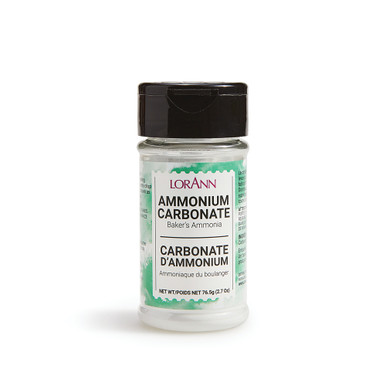- Joined
- May 6, 2020
- Messages
- 222
- Reaction score
- 91
I don't don’t know if there is evidence that the bacteria capture ammonia molecules the way I described. One reason that I think that bacteria could have an advantage over corals for ammonia is that the bacteria could probably grow in areas with more water flow. I wouldn't really call it taking ammonia up faster than corals. I believe more water flow is an advantage. I talk more about it in some previous posts in this thread.Is there any evidence for that hypothesis? Why would bacteria necessarily take it up faster than corals?
Last edited:




















